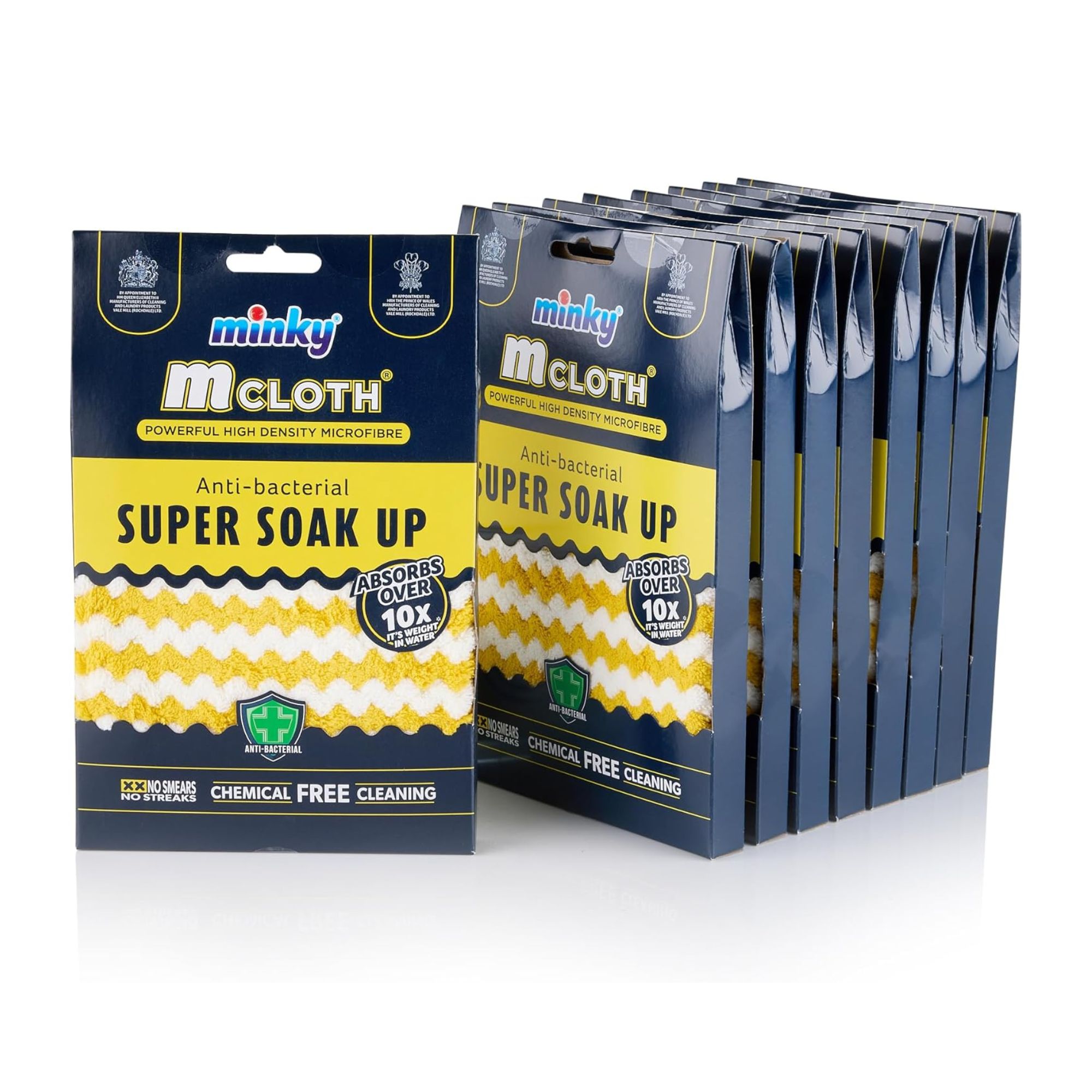Experts warn that vacuuming this one type of flooring could cause irreparable (and costly) damage — this is how you should *actually* be cleaning it
It might be time to retire your vacuum
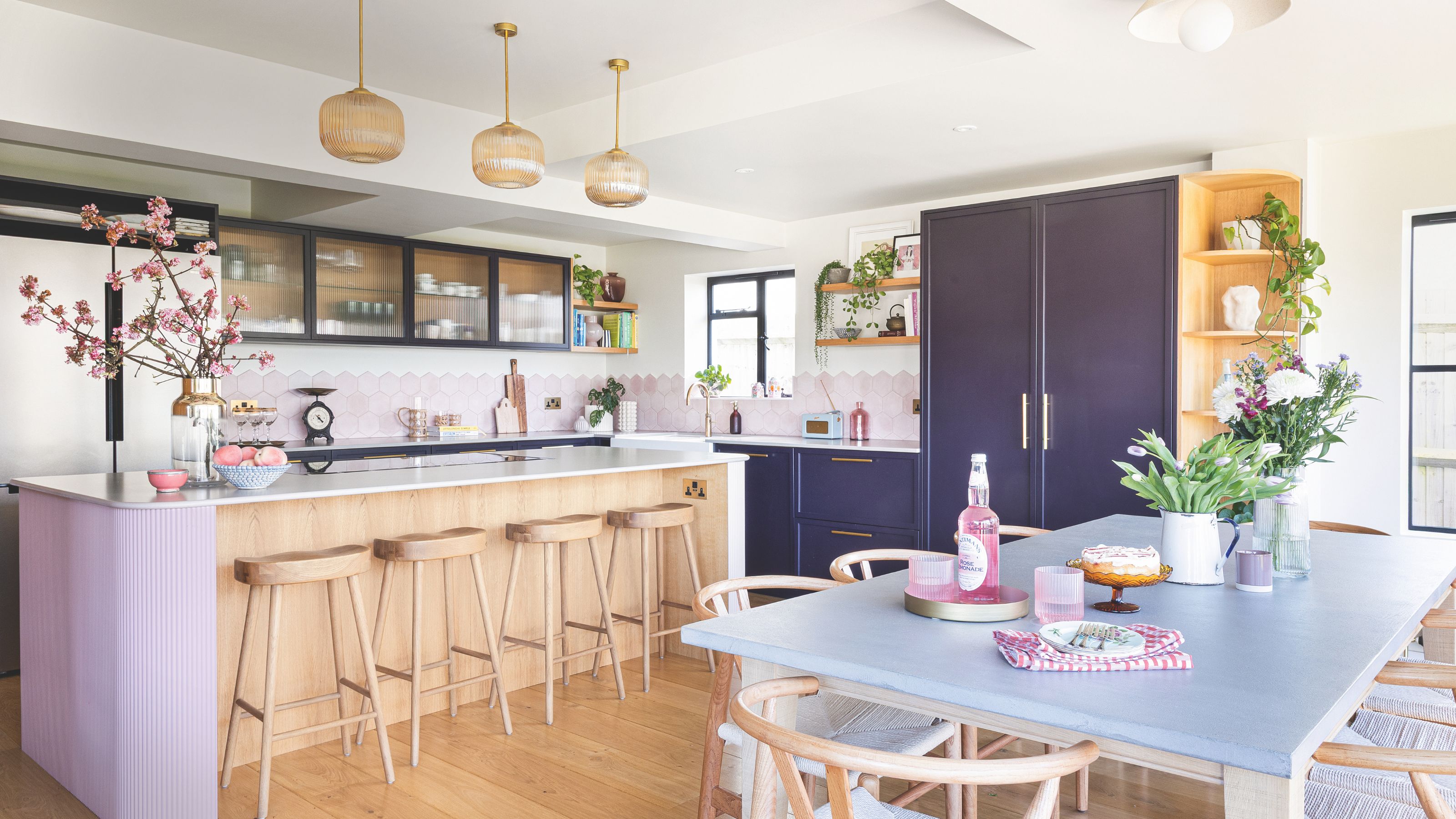

It can be incredibly easy to grab your vacuum cleaner and whizz around every floor of your house, but one thing you might not realise is that there is one type of floor you shouldn’t vacuum. And it can cause irreparable damage if you do.
Of course, as Ideal Home’s Vacuum Expert, I hold a special place in my heart for the best vacuum cleaners. And while I use my vacuum to clean everything from pet hair to dusty curtains, I wouldn’t be doing my job properly if I didn’t say that there are always limitations with these handy household appliances. And one thing I’ve learned in recent years is that most of us are making floor cleaning mistakes without even realising it.
One of the most common? Vacuuming wooden floors - both real and engineered. To get more info, I’ve spoken to floorcare experts on the risks associated with vacuuming this type of floor, and alternative ways to clean it instead.
Why you shouldn’t vacuum wooden floors
While there are many things you should never vacuum up, what most people don’t realise is that you should also avoid vacuuming wooden floors - unless you’re very careful. Sophie Lane, Product Training Manager at Miele GB explains, ‘Using the wrong type of vacuum or attachment can pose real risks.’
And even though it can take a huge amount of time and effort to plan wooden flooring, these efforts can be ruined in seconds with the wrong vacuuming tool or technique.
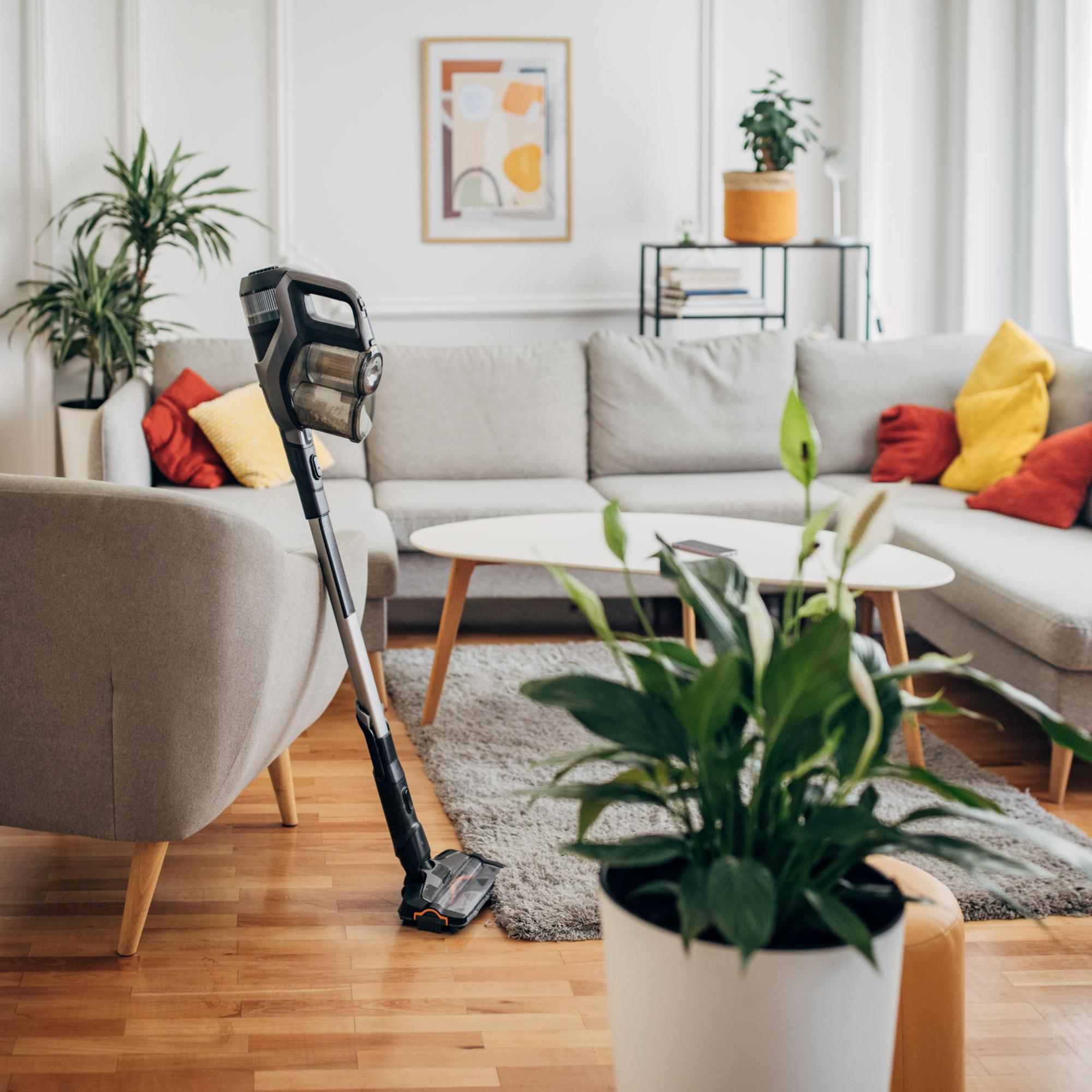
‘Stiff bristles or rotating brush rollers can scratch delicate wood finishes, especially on high-gloss or softwood floors,’ adds Sophie. ‘If the vacuum head lacks soft padding or rubber wheels, it may drag grit across the surface, causing micro-abrasions.’
Not only that, but Johanna Constantinou, interior trends expert at Tapi Carpets and Floors, also warns that ‘Heavy vacuums can also cause dents on the floor from increased pressure and powerful suction can dislodge floorboards.’
Sign up to our newsletter for style inspiration, real homes, project and garden advice and shopping know-how
This can result in costly and potentially irreparable damage, but thankfully, there are so many other ways to clean wooden floors that will leave them sparkling and keep any potential damage at bay.
The best alternative tools for cleaning wooden floors
1. A hard floor cleaner
It’s my job to test floor care appliances for a living, and recently, this world has been inundated with a relatively new invention that is perfect for those with wooden floors in their home. In fact, you could say it’s the lovechild of the vacuuming vs mopping debate, as hard floor cleaners (also called vacuum mops) merge the practicalities of the best cordless vacuums with the best mops.
These hard floor cleaners are ideal for cleaning wooden floors as they tackle dry debris, wet spillages, and often come with their cleaning solutions to disinfect and clean your hard floors simultaneously.

They do this with the help of separate clean and dirty water tanks and rotating brush rollers, which means they’re incredibly gentle on more vulnerable floors, without compromising on the cleaning quality.
I’ve tested quite a few hard floor cleaners so far - from the Dyson WashG1 to the Tineco FLOOR ONE S5 Smart Cordless Wet-Dry Vacuum Cleaner and Mop. And since adding one of these appliances to my cleaning routine, I wouldn’t go back.
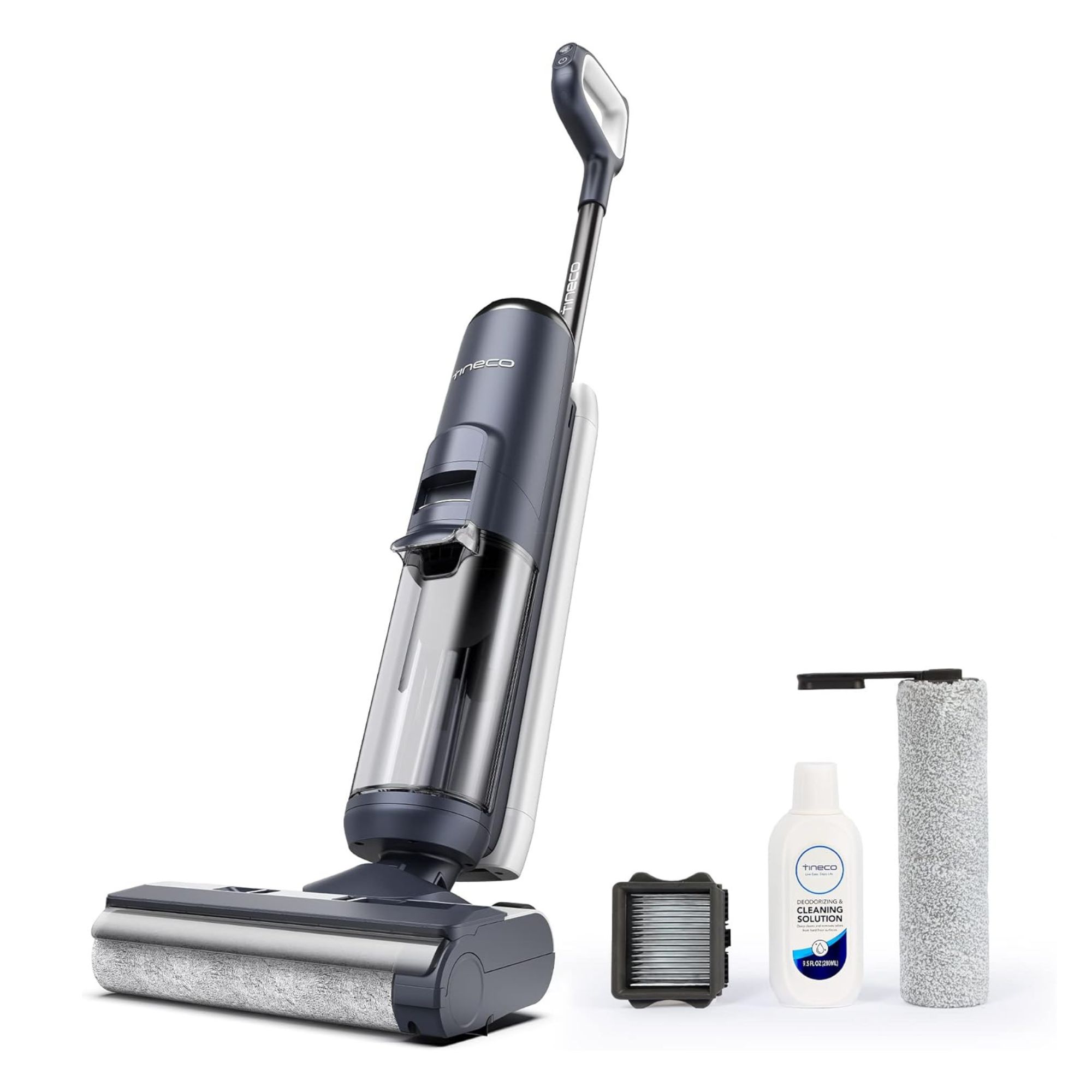
This is the hard floor cleaner I use in my own home, and can attest to the fact that it's very smart. It also cleans itself and offers one of the best-smelling cleaning solutions you can buy (in my opinion).
2. A microfibre cloth
Another simple and effective way to clean wood floors when you can’t (or at least don’t want to) use a vacuum cleaner is to use a microfibre cloth. After all, knowing how to get rid of dust and other large debris is one of the best ways to keep them in tip-top condition.
This is echoed by Leanne Garvie, Bona UK’s floor cleaning expert, who says, ‘For wood floors, we recommend regular dusting with a microfibre cloth. Dusting your floors daily with a microfibre cloth will help prevent scratches and surface damage, which can occur when these particles are trodden on and spread across the floors.’
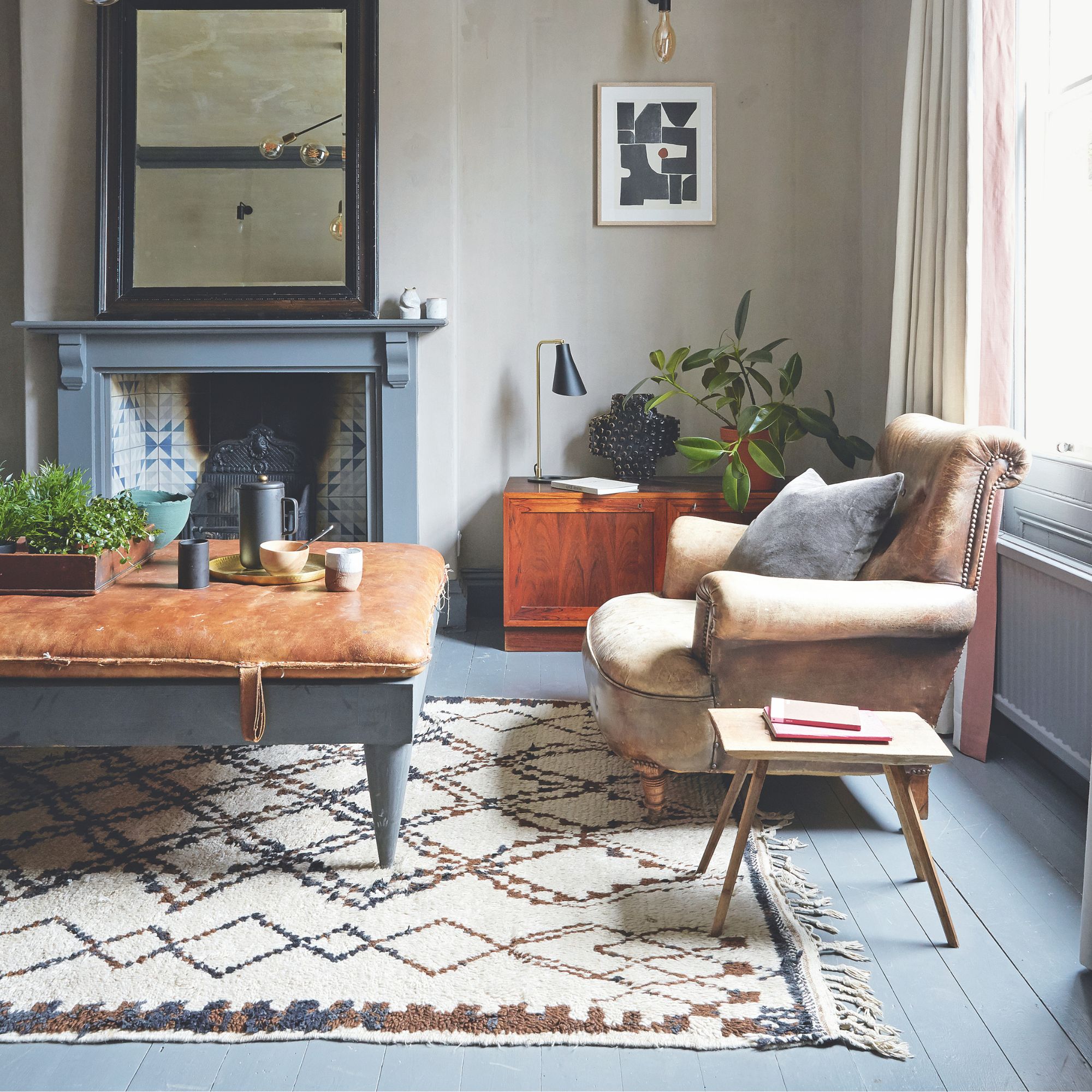
In most cases, it’s better to use a dry cloth when cleaning your wooden floors, but it’s worth noting that the dry dusting vs wet dusting debate doesn’t come into play if you have any marks or residue that need some tough love.
Just make sure that you only ever use a damp cloth if you do choose to wet dust, and always dry the floor with a dry cloth afterwards to ensure excess moisture doesn’t sit on the wood for too long and potentially seep through.
3. A broom
‘If you'd prefer not to vacuum, using a soft broom or brush regularly can help to keep debris and dirt at bay,’ says Paul Hambidge, Managing Director at Factory Direct Flooring.
And there’s a high chance that you have a broom or a dustpan and brush in your cleaning cupboard already, so this is an easy enough alternative if you choose not to vacuum your wooden floors.
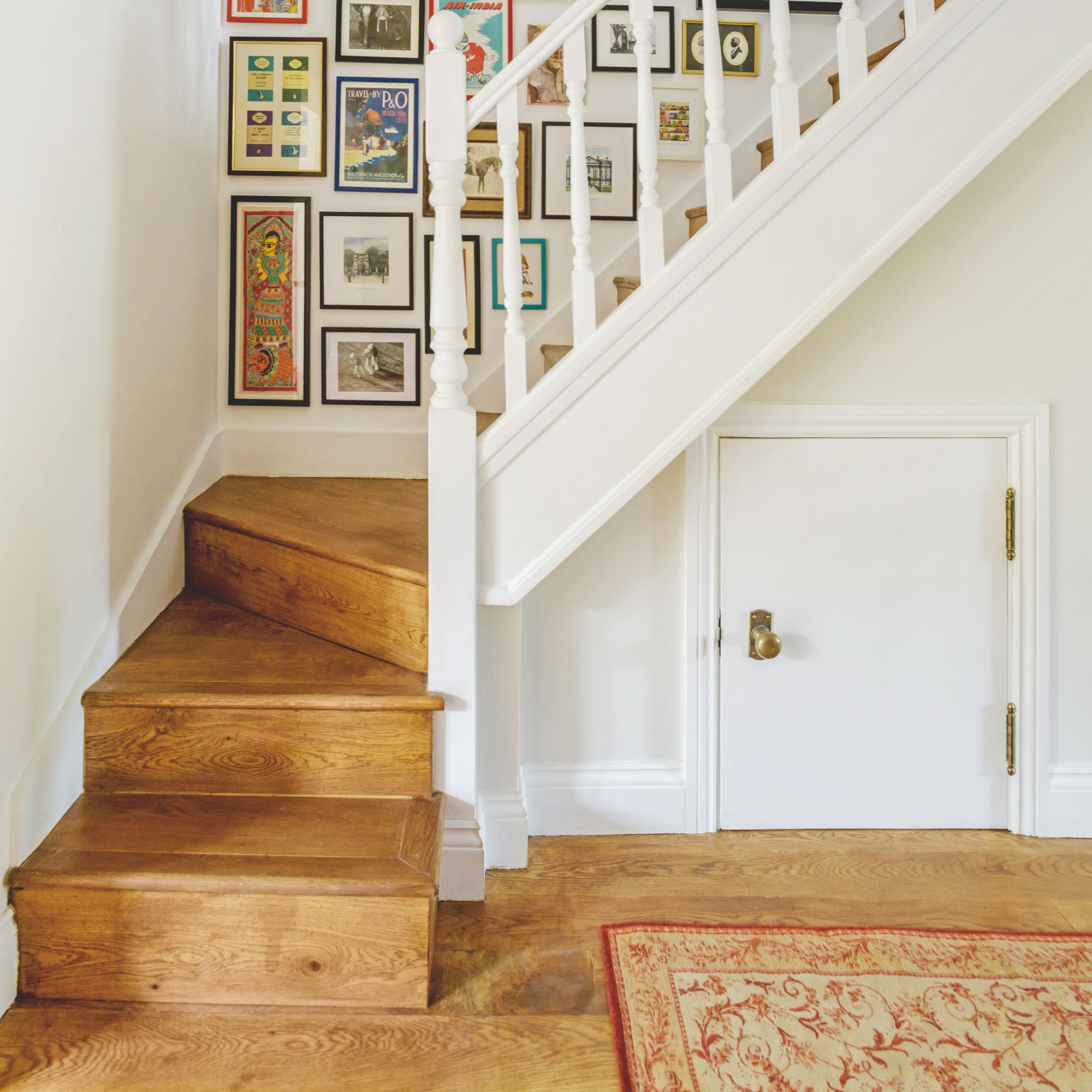
However, you not only need to make sure that you’re cleaning in the right direction, but you also need to ensure that you’re doing it regularly, too. Plus, it’s worth checking that you have a broom suitable for cleaning your wooden floors (for example, it’s best to avoid outdoor brooms that have stiffer bristles).
The experts at Shark Clean advise, ‘Sweeping and dusting shouldn’t be something you do at the same time every week. To keep your floors free from debris, you should be giving them a once-over every day and dealing with spillages and crumbs immediately. If you’re sweeping your hardwood floors, make sure you use a soft-bristled brush designed for indoor use.’
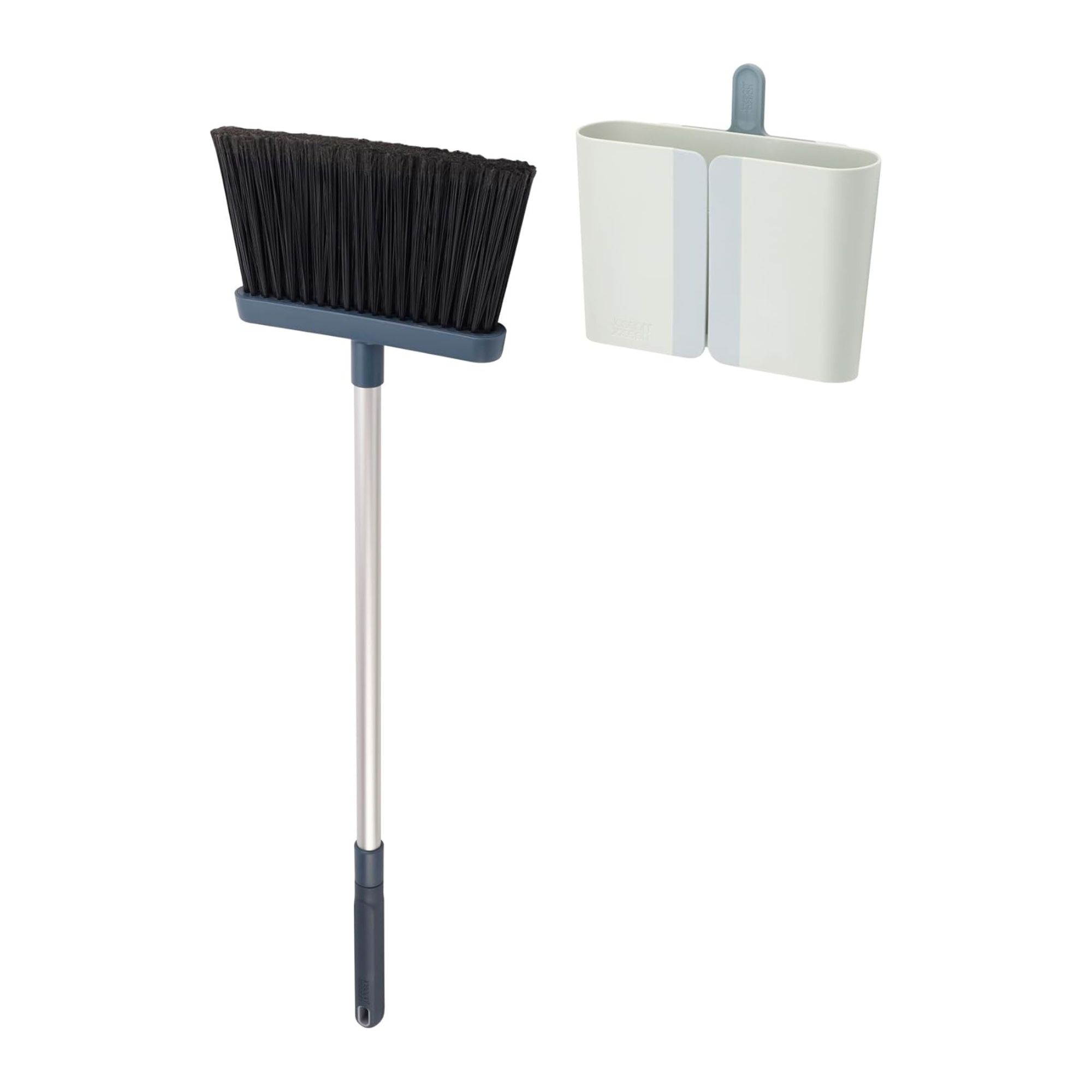
I'm a big fan of the Joseph Joseph CleanTech range, and as I've been on the hunt for a new broom for my small home, this one suits the bill perfectly.
4. A mop
Anyone who has hard flooring in their home - whether that be wood, engineered wood, tiles, or even vinyl - should have one of the best mops to hand. They’re an ideal alternative to vacuum cleaners, too. You need to make sure that you’re choosing the right one when cleaning wooden floors, though.
Leanne says, ‘Choose mops with extra-large microfibre mop heads for faster cleaning. A microfibre dusting pad uses electrostatic action to pick up and lock away dirt, dust, hair, micro-particles, and other household allergens from your floor’s surface.’
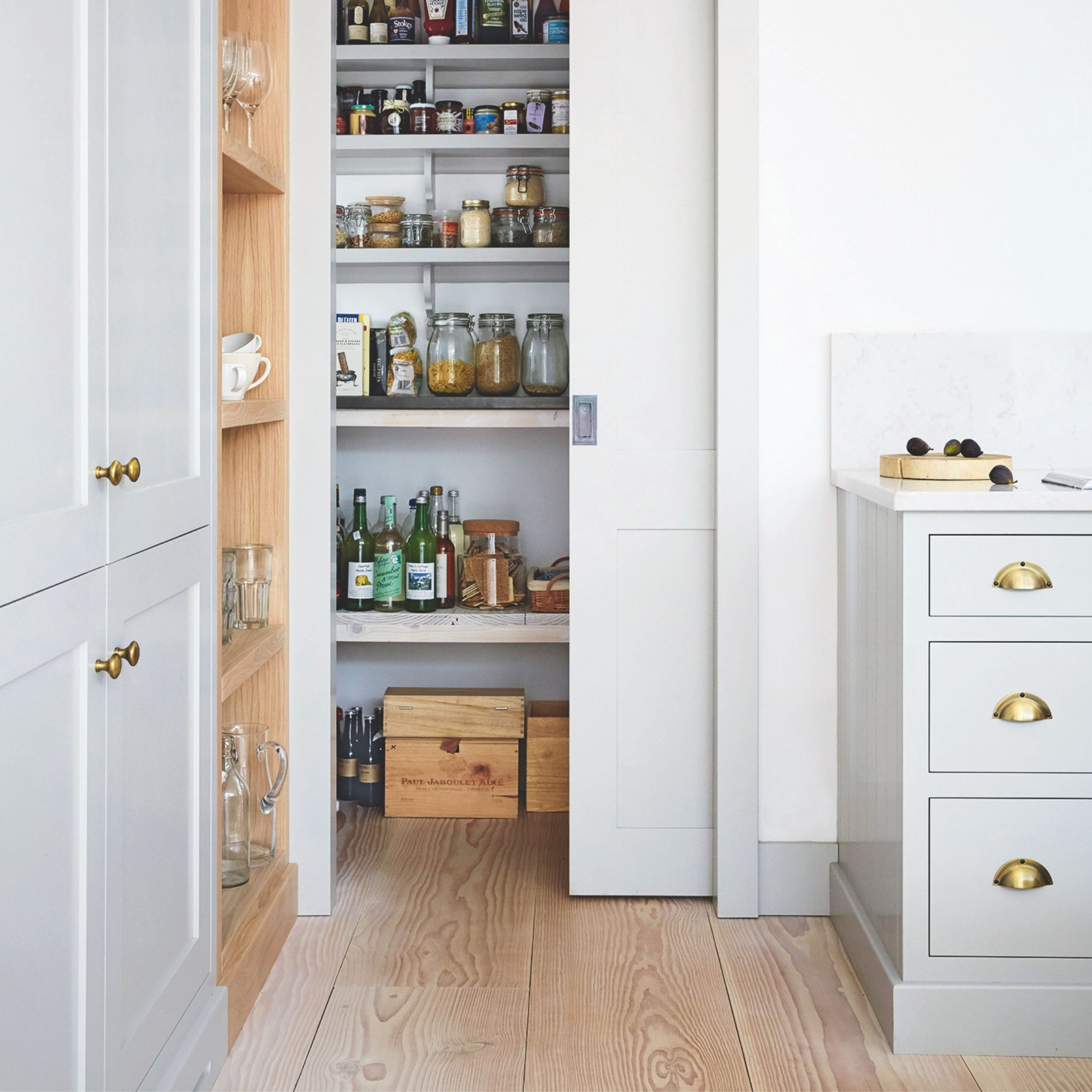
However, it’s important to understand how to mop every type of floor the right way. And Leanne advises, ‘Avoid lifting your microfibre mop up from the floor when you clean - this way you keep the dirt trapped on the pad, so it doesn’t scratch your floors.’
Just make sure you don’t use too much water or cleaning solution when doing this, as this is one of the most common mopping mistakes that could ruin your floors.
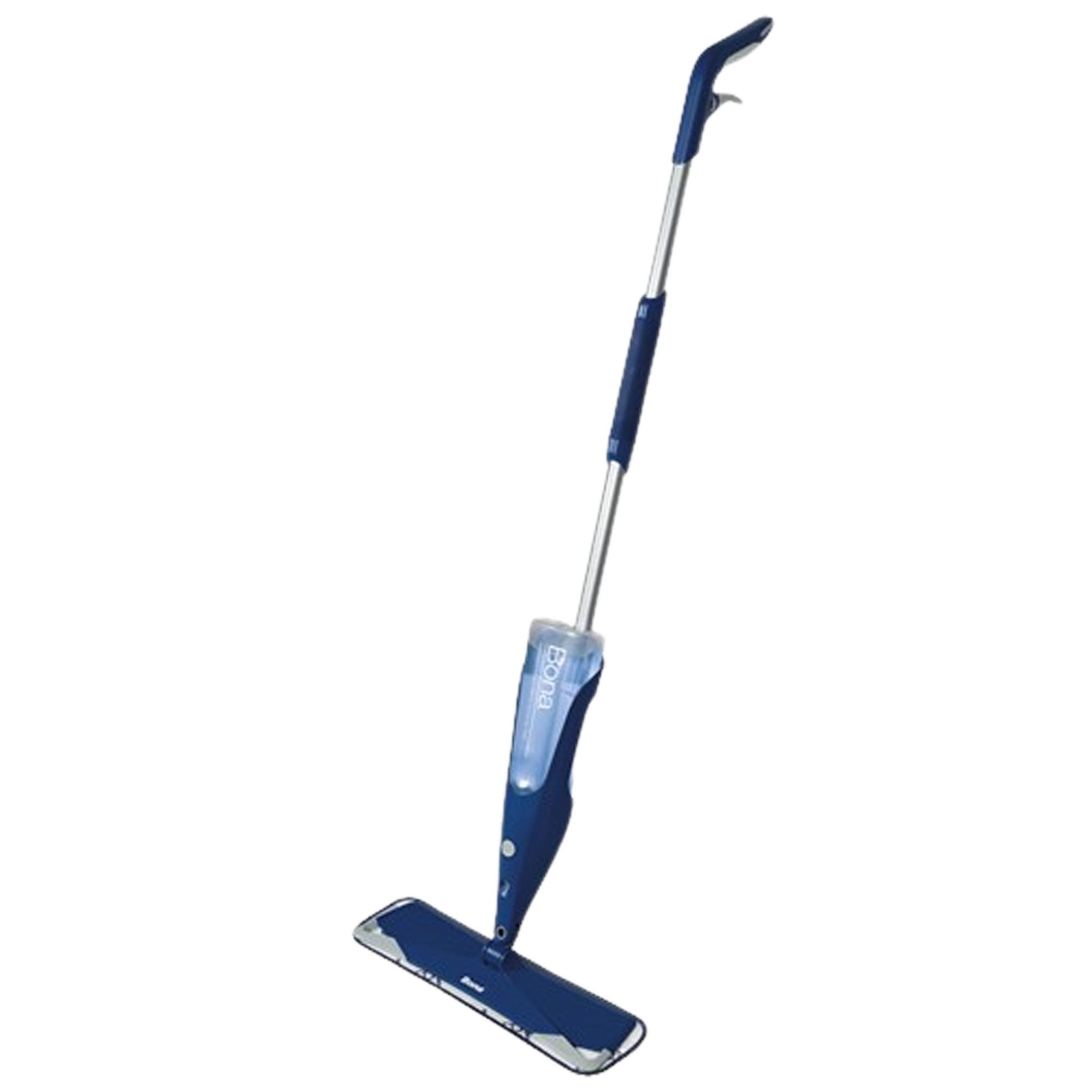
This spray mop is specifically designed to clean hardwood floors, and even comes with a 500ml bottle of wood-specific cleaner to ensure you're always treating your wooden floors with the care and attention they need.
5. Vacuum with soft brush attachment
Just because vacuuming your wooden floors does come with a lot of risks, that doesn’t necessarily mean that you have to avoid it completely. But if you are going to do it, you need to make sure that you’re doing it correctly - and with the right kind of vacuum.
Paul says, ‘For the best clean, and to avoid any damage, you need to be mindful of the attachments and settings you use. If you're vacuuming wood floors, opt for a soft brush attachment and a hard floor setting, use crevice tools to clean between the grooves, and avoid rotating brushes or beater bars.’
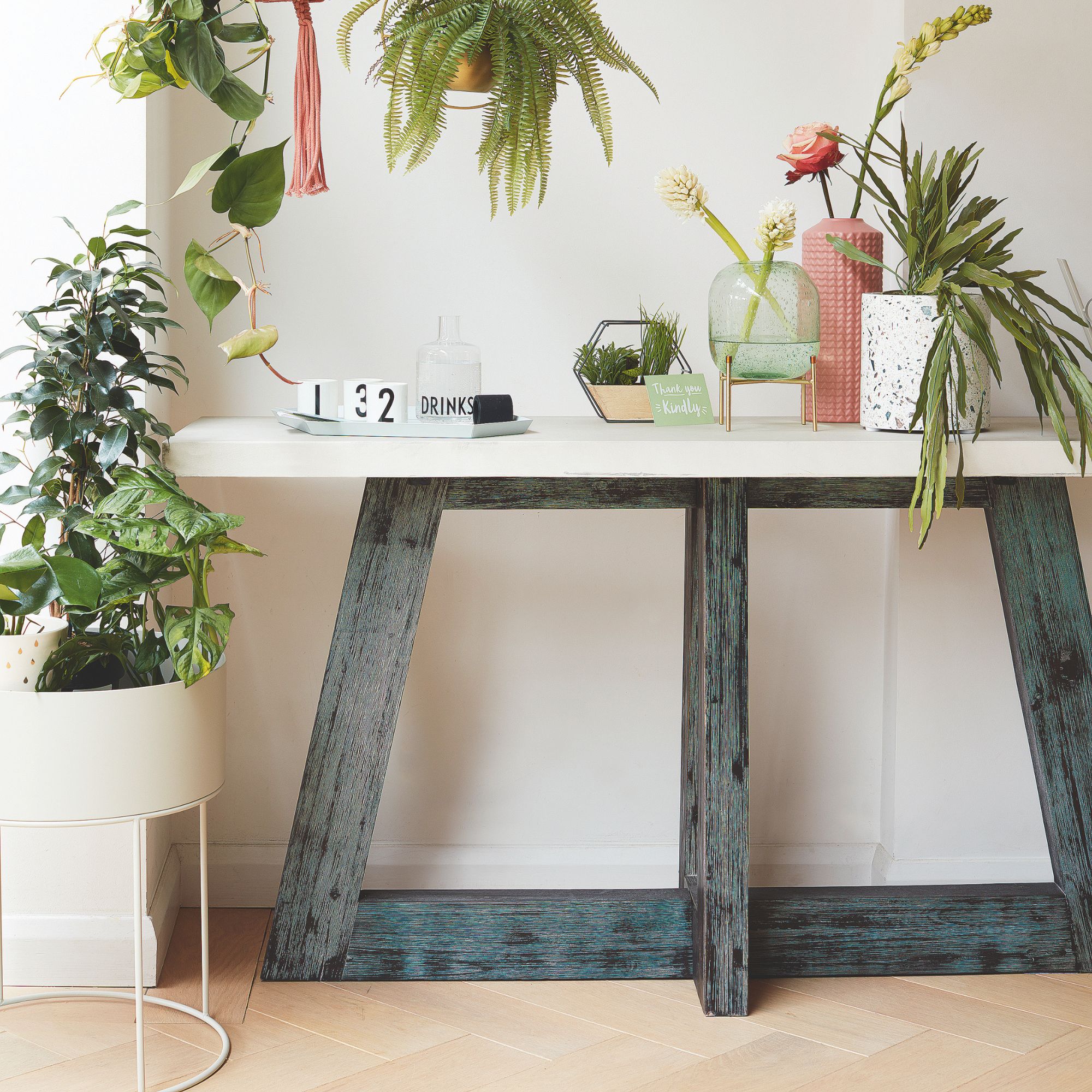
Thankfully, many of the best cordless vacuum cleaners come with interchangeable heads to suit wood floors and to protect them from scratches, including the 5-star-rated Dyson Gen5detect - which I happen to own myself.
However, the best vacuum for hard flooring that I’ve personally tested so far is the Miele Guard M1 Cat & Dog, as I find that Miele vacuums in particular offer many features that suit a variety of different floor types, including a parquet brush and a variety of tools.
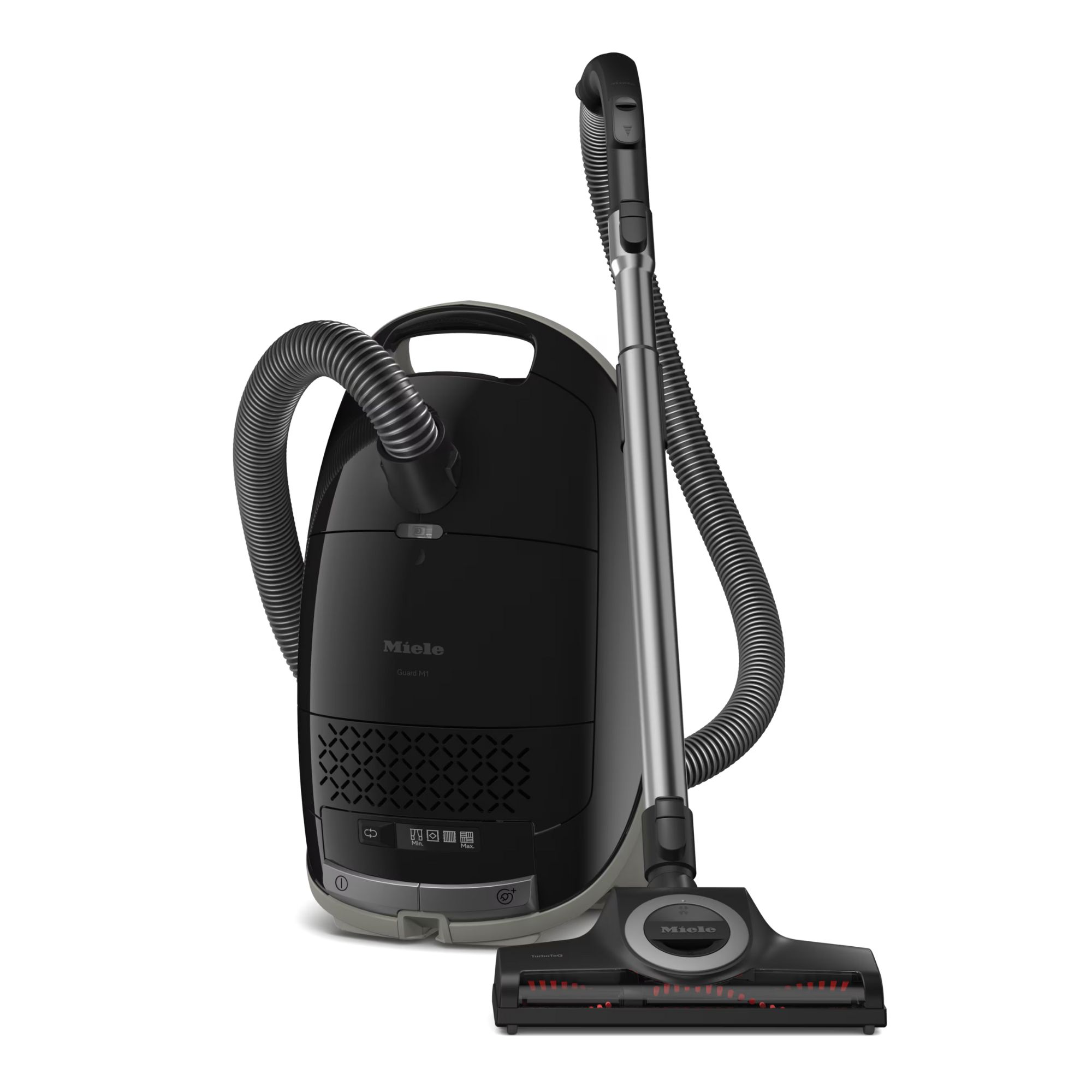
This vacuum comes with a multi-functional floorhead which can be tailored to hard floors or carpets/rugs, and this will also adjust the power to ensure that you're never running the risk of damaging them.
FAQs
Is it bad to vacuum tile floors?
Although it’s okay to vacuum tiled floors, you need to be incredibly careful when you’re doing so, especially if you have opted for softer tiles that are easily scratched or damaged.
If you do want to vacuum tile floors, you should ensure that you avoid harsh beater bar attachments (and instead use a specific hard floor head) and opt for one that doesn’t have an overly powerful suction. That’s because strong suction power can damage the grout in between the tiles.
Is it okay to vacuum laminate floors?
Yes, it is okay to vacuum laminate floors, but as is the case with wooden and tiled floors, you need to be cautious, as the wrong tool or technique can damage them.
To safely vacuum laminate floors, it’s best to use a vacuum cleaner that’s designed for hard floors and avoid using potentially damaging beater bars. It’s also worth vacuuming in the direction of the laminate so you don’t accidentally scratch it.
So, have you been vacuuming your wooden floors? If you have, it’s probably high time you stop.

Lauren Bradbury has been the Content Editor for the House Manual section since January 2025 but worked with the team as a freelancer for a year and a half before that. She graduated with a Bachelor’s degree in English and Creative Writing from the University of Chichester in 2016. Then, she dipped her toe into the world of content writing, primarily focusing on home content. After years of agency work, she decided to take the plunge and become a full-time freelancer for online publications, including Real Homes and Ideal Home, before taking on this permanent role. Now, she spends her days searching for the best decluttering and cleaning hacks and creating handy how-to guides for homeowners and renters alike, as well as testing vacuums as part of her role as the Ideal Home Certified Expert in Training on Vacuums, having spent over 110 hours testing different vacuum models to date!
You must confirm your public display name before commenting
Please logout and then login again, you will then be prompted to enter your display name.
